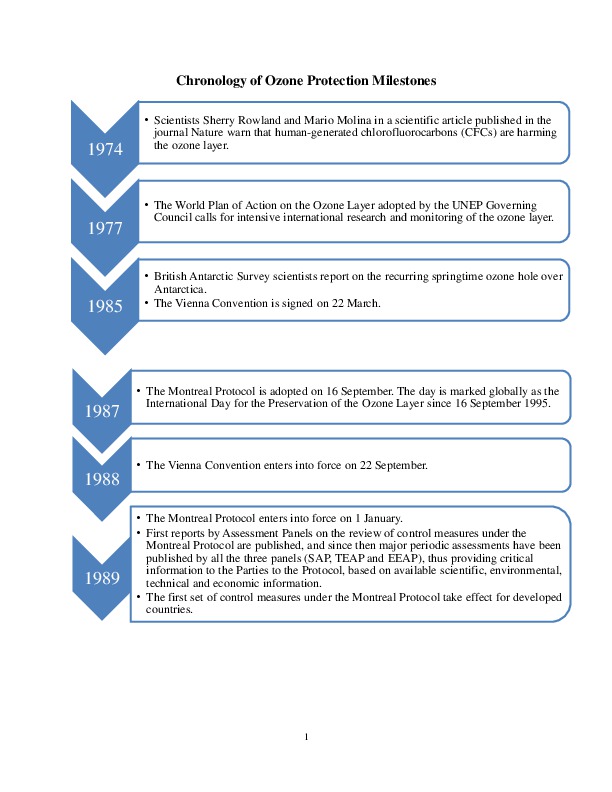Climate Code
This collaborative project is born from exploring novel ways of visualising environmental data and telling the climate change story. Read more about the project and the science behind it through the project page.
In 1985 British Antarctic Survey scientists reported in the journal Nature their discovery of springtime ozone depletion over Antarctica. It was a discovery that changed the way that we view our world.
September 16 is world ozone day. All 197 UN Member States have ratified the Montreal Protocol up to and including the Beijing amendments.
The Antarctic ozone hole is usually largest in early September and deepest in late September to early October.Observations from Halley since 1994 (the year when ozone depleting gasses were at their peak according to one estimate) show a slow increase of about 1 DU per year in the minimum ozone amount recorded each October, however the inter-annual variation is such that this trend is not yet significant (at the 99% level), ie the data is also consistent with no change in the minimum amount. Although the amount of ozone destroying substances in the atmosphere is going down, the inter-annual variation in the size and depth of the ozone hole is largely controlled by the meteorological conditions in the stratosphere. It is still too soon to say that we have had the worst ever ozone hole, particularly as there has been no major volcanic eruption in the Southern Hemisphere since 1992.
Prior to the formation of ozone holes, Antarctic ozone values were normally at their lowest in the autumn (ie March). On occasion atmospheric vertical motions create small areas with ozone substantially below the long term average. Different satellites give different views of the exact ozone distribution. The continent covers 14 million sq. km.

This collaborative project is born from exploring novel ways of visualising environmental data and telling the climate change story. Read more about the project and the science behind it through the project page.
Long-term meteorological and ozone observations and data help determine the causes of climate change in the polar regions. Meteorology Meteorological observations are made regularly throughout the day at Halley and …
30 June, 2022
Introduction It’s over 30 years since the discovery of the Antarctic ozone hole drew world attention to the impact of human activity on the global environment. Why is the ozone …
16 September, 2021
The Future of Life Award, which honors those who take exceptional measures to safeguard the collective future of humanity, is announced today (16 September) on the International Day for the …
16 September, 2020
This World Ozone Day, British Antarctic Survey (BAS) celebrates new technology which enables continuous monitoring of the ozone hole over Antarctica. Readings from the Dobson Ozone Spectrophotometer at Halley Research …
25 June, 2019
A remote and unoccupied research station in Antarctica has, for the first time, collected important scientific measurements of climate, ozone and space weather thanks to ground-breaking technology developed by British …
16 September, 2018
The 2018 ozone hole began forming in late August and won’t reach its largest for over a fortnight. Already it covers most of the Antarctic continent, an area of 14 …
11 September, 2017
This week (Saturday 16 September), marks the 30th anniversary of the signing of the Montreal Protocol on Substances that Deplete the Ozone Layer. It is one of the most successful …
6 June, 2017
Horizon documentary ‘Antarctica Ice Station Rescue’ broadcasts on Wednesday 7 June @ 21:00 on BBC Two In 2016 British Antarctic Survey (BAS) invited BBC film-maker Natalie Hewit to its Halley …
16 January, 2017
British Antarctic Survey (BAS) has decided not to winter at Halley VI Research Station for safety reasons. The station, which is located on the floating Brunt Ice Shelf in Antarctica, …
6 December, 2016
British Antarctic Survey is getting ready to move its Halley VI Research Station 23 km across the ice. This is the first time that the station, which has a re-locatable …
1 July, 2016
An international team of researchers has identified the “first fingerprints of healing” of the Antarctic ozone layer, published this week (30 June 2016) in the journal Science.